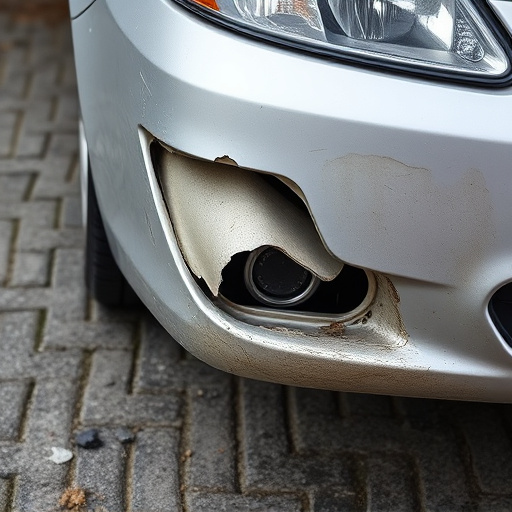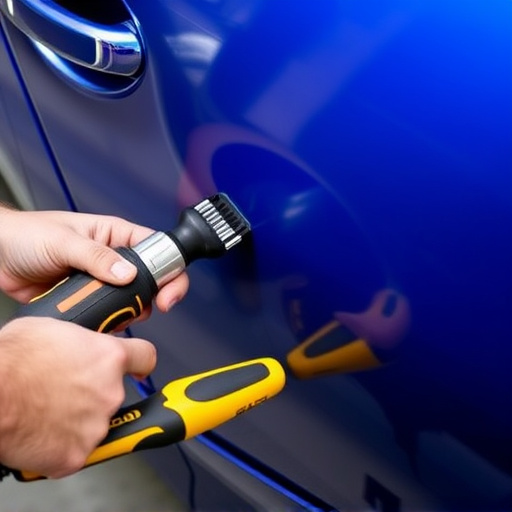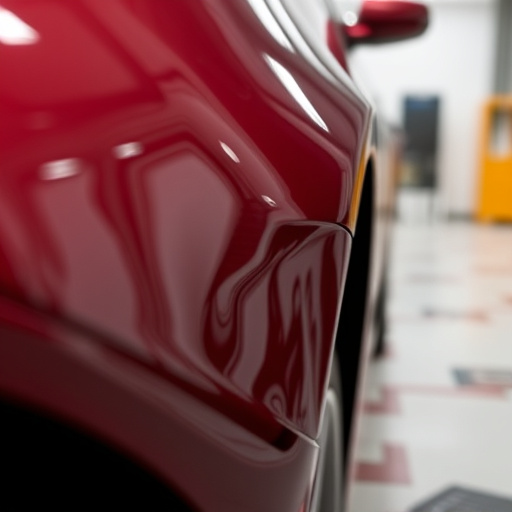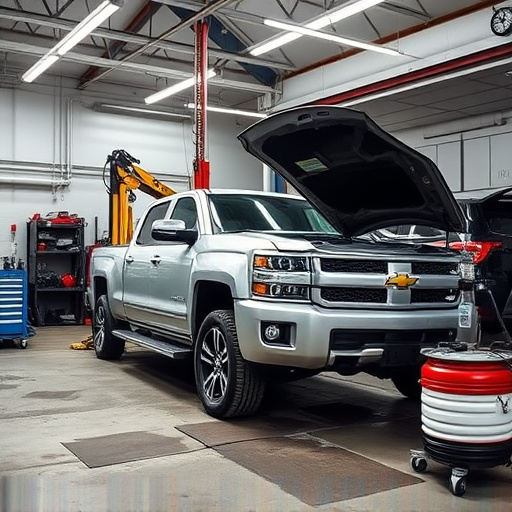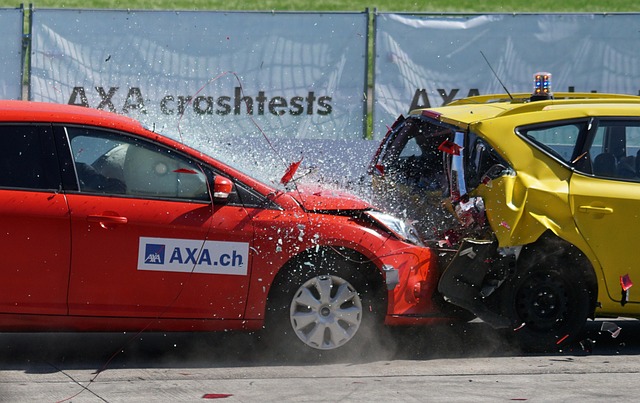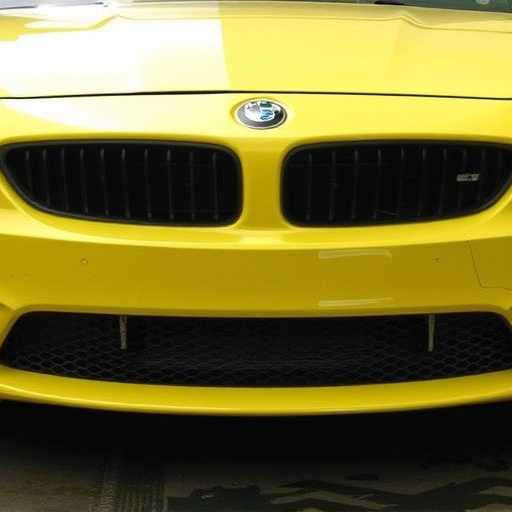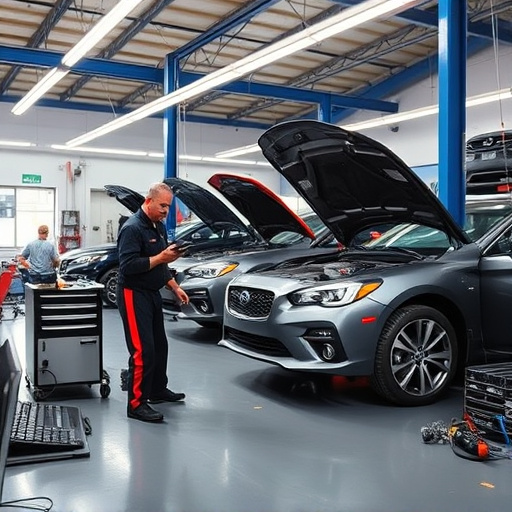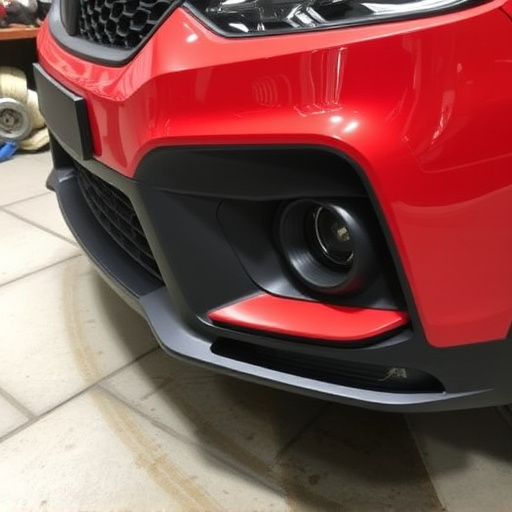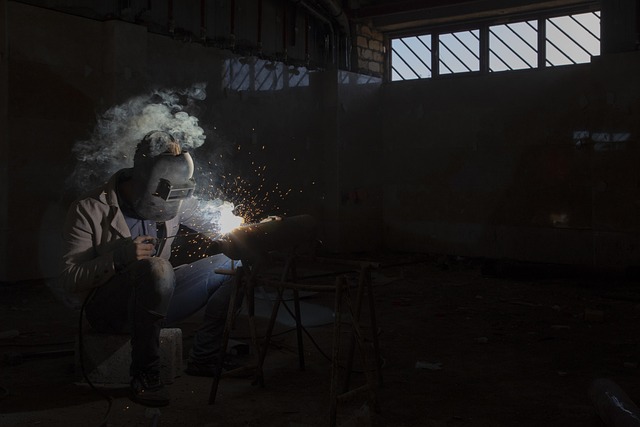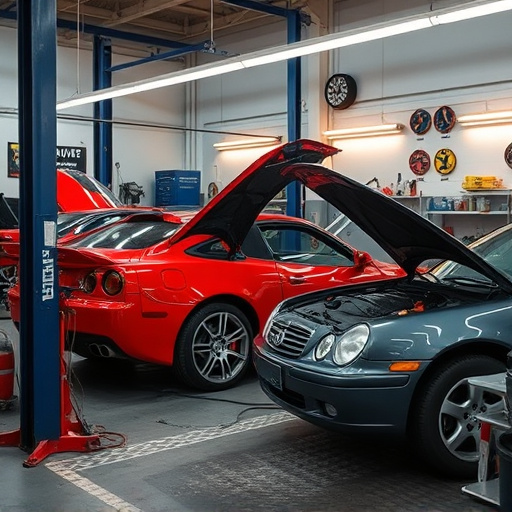Tesla's adoption of aluminum body structures offers lightweight, corrosion-resistant, and crash-worthy vehicles, but presents unique challenges for repair. Specialized tools like laser cutters, robotic welding systems, CAD software, and 3D printing transform auto body shops' capabilities, enabling precise, efficient, and high-quality repairs. The meticulous process begins with inspection, surface preparation, advanced welding, frame straightening, filling, sanding, and matching finishes, ensuring structural integrity and aesthetic appeal for Tesla owners. Skilled technicians and specialized knowledge are crucial for effective Tesla aluminum body repair.
In the realm of automotive repair, Tesla’s advanced aluminum body structures present both challenges and opportunities. This article explores the intricacies of Tesla aluminum body repair work, delving into the unique requirements and advanced tools that ensure optimal results. From understanding the complex geometry to implementing precise technologies, we provide a comprehensive guide for achieving high-quality repairs. Discover the game-changing techniques revolutionizing the industry and learn how to master Tesla aluminum body repairs.
- Understanding Tesla Aluminum Body Structures and Their Unique Repair Requirements
- Advanced Tools and Technologies for Precise and Efficient Repairs
- Step-by-Step Guide to Performing High-Quality Tesla Aluminum Body Repairs
Understanding Tesla Aluminum Body Structures and Their Unique Repair Requirements
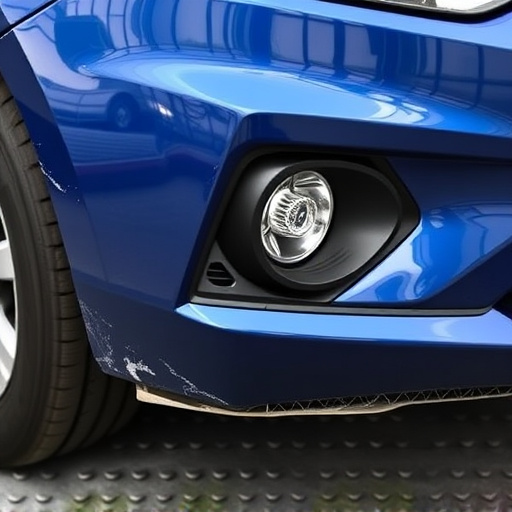
Tesla’s adoption of aluminum body structures in their vehicles presents both advantages and unique challenges for repair work. Unlike traditional steel bodies, aluminum is lighter, more corrosion-resistant, and offers superior crash performance. However, it also requires specialized tools and techniques for effective repair. Understanding the intricate design and material properties of Tesla aluminum bodies is crucial for ensuring structural integrity during collision repair or vehicle dent repair processes.
The advanced materials and manufacturing methods employed in Tesla vehicles demand precision and expertise. Specialized equipment like laser cutting and robotic welding are often necessary to accurately restore shapes and join components without compromising the body’s structural stability. Furthermore, auto body painting techniques need to be tailored to aluminum’s unique coating requirements, ensuring not just aesthetic restoration but also maintaining the vehicle’s protective barrier against corrosion after repair, whether for a minor dent repair or more extensive collision damage.
Advanced Tools and Technologies for Precise and Efficient Repairs
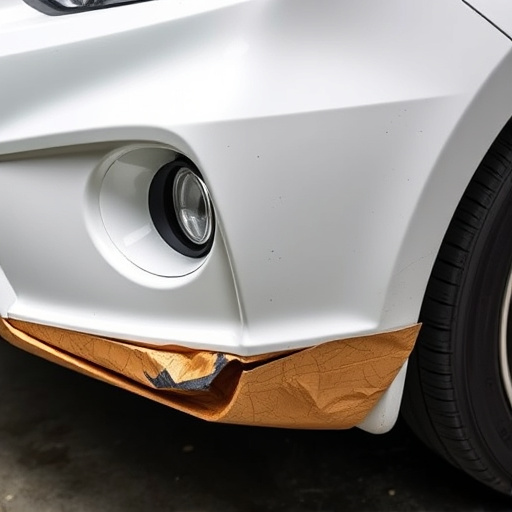
In the realm of Tesla aluminum body repair, advanced tools and technologies have revolutionized the way auto body shops conduct repairs. These innovative solutions are designed to deliver precise, efficient, and high-quality outcomes. By leveraging cutting-edge equipment such as laser cutters and robotic welding systems, automotive body shops can now achieve unparalleled accuracy in their work, ensuring that every component is restored to its original specifications. This level of precision not only guarantees the structural integrity of the vehicle but also preserves its aesthetic appeal, a key consideration for Tesla owners seeking top-notch car restoration services.
Additionally, advanced tools like computer-aided design (CAD) software and 3D printing technology play a pivotal role in Tesla aluminum body repair. CAD systems enable technicians to create detailed digital models of damaged parts, facilitating precise measurements and accurate replacements. 3D printing, on the other hand, allows for the rapid prototyping of custom-fit parts, streamlining the repair process and reducing lead times significantly. These technologies collectively elevate the capabilities of auto repair shops, making them better equipped to handle complex Tesla aluminum body repairs with speed and efficiency, much to the satisfaction of their clients.
Step-by-Step Guide to Performing High-Quality Tesla Aluminum Body Repairs
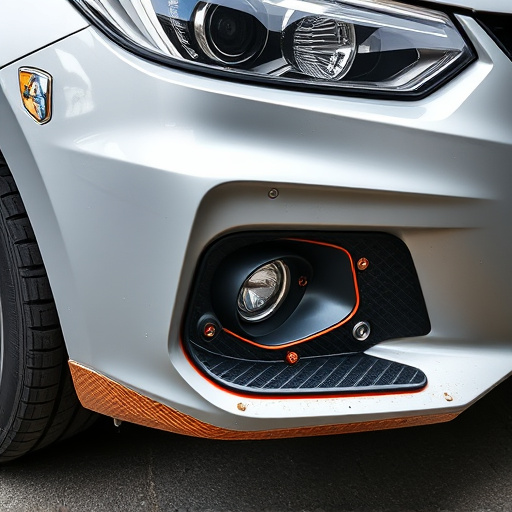
Performing high-quality Tesla aluminum body repairs requires a meticulous approach and the right tools. Start by thoroughly inspecting the damaged area, identifying any cracks or deformities. This step is crucial as it determines the extent of the repair process. Next, prepare the surface by removing loose debris and applying a suitable cleaning agent to ensure optimal adhesion for the repair materials.
For precise results, employ advanced tools designed for Tesla aluminum body repair, such as specialized welding machines capable of handling the unique properties of aluminum. Frame straightening techniques are then applied to realign any bent panels, ensuring structural integrity. Once aligned, fill and sand the repair areas, creating a smooth surface. Finally, apply a high-quality finish that matches the original Tesla paint job, completing the transformation from damaged to pristine condition, enhancing the vehicle’s aesthetic appeal and overall value in the process.
In conclusion, mastering Tesla aluminum body repair requires a deep understanding of the vehicle’s unique structure and the application of advanced tools and technologies. By following a meticulous step-by-step guide, professionals can ensure high-quality repairs that match the precision and quality standards set by Tesla. This specialized knowledge and tailored approach are key to preserving the integrity and aesthetics of Tesla vehicles, catering to owners who demand nothing but excellence for their innovative cars.
